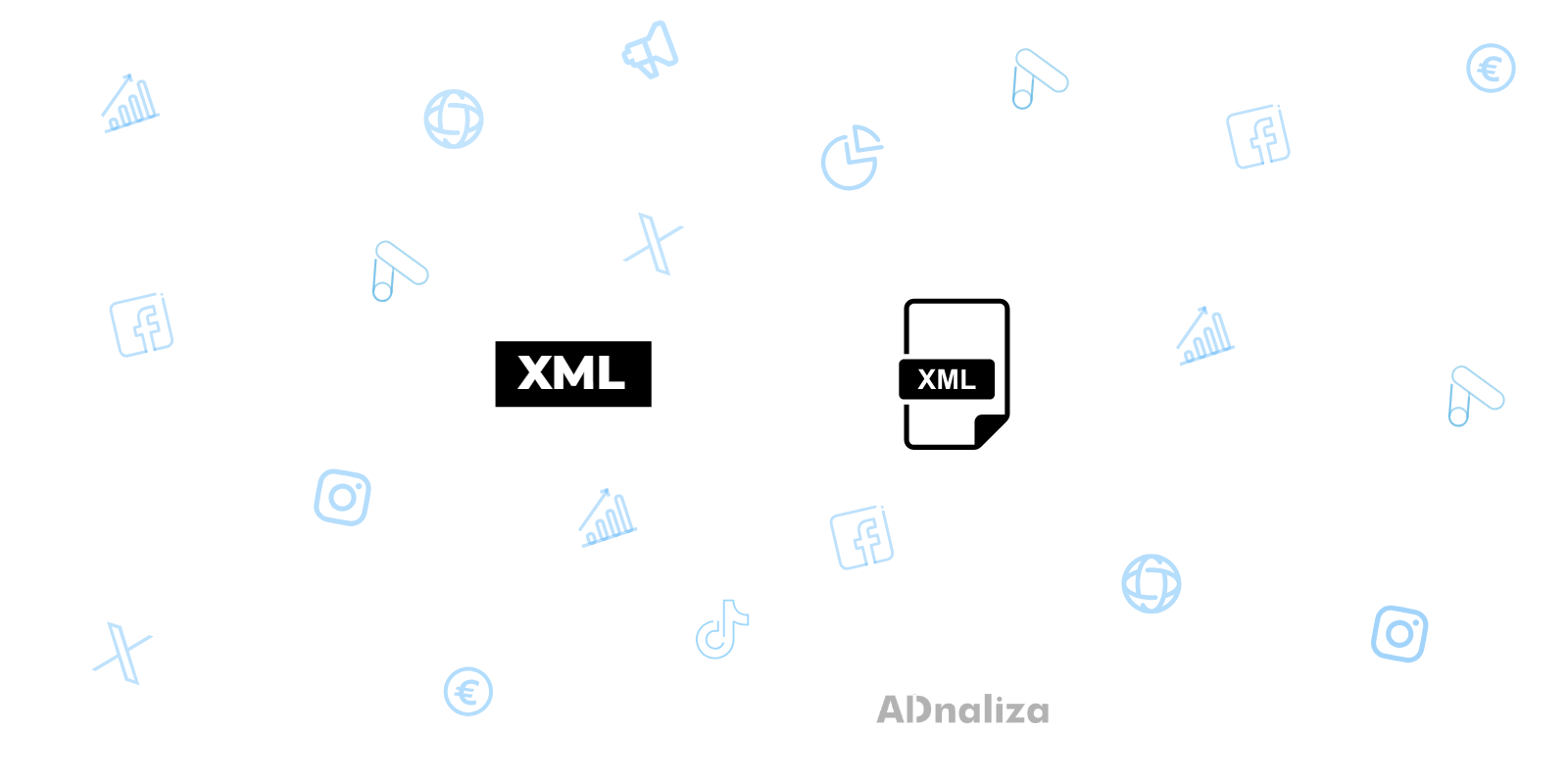XML, which stands for eXtensible Markup Language, is a markup language that defines a set of rules for encoding documents into a format that can be read by both machines and humans. XML is hardware and software independent and is not tied to any type of programming language, allowing data to be transported between incompatible systems effortlessly.
Unlike HTML, which is used to describe the presentation of data, XML is used to describe the data itself. XML does not have predefined tags like HTML; Instead, it allows users to define the labels needed to properly outline the structure of the data.
XML Structure
An XML document consists of elements, which are delimited by tags. An element can contain text, other elements, or a mixture of both. Elements can have attributes that add additional information about the element.
Each XML document must have a single root element that contains all other elements. The document may also contain statements and comments. The XML declaration is optional, but when used, it should appear at the beginning of the document. Comments can appear anywhere and are used to add explanatory notes to your code.
Advantages of XML
Using XML offers several advantages:
- Interoperability: XML is hardware, software, and programming language independent, facilitating interoperability between incompatible systems.
- Extensibility: Because users can define their own tags, XML is extremely flexible and adaptable to a wide range of uses.
- Clear structure: The XML tree structure makes it easy to understand the organization of the data.
- Metadata and comment support: Unlike JSON, XML allows for the inclusion of metadata and comments, which can be useful for providing additional information about the data.
Disadvantages of XML
Despite its advantages, XML also has certain disadvantages:
- Verbosity: XML tends to be quite verbose, which can lead to large, bloated files. This can be a problem for applications that handle large volumes of data or require fast data transmission.
- Complexity: Although XML is very flexible, this flexibility can lead to greater complexity. In particular, handling XML namespaces can be quite complicated.
- Parsing difficulty: Although there are many libraries for parsing XML, the process is usually slower and requires more resources than parsing JSON.
XML vs. XML JSON
When comparing XML and JSON, there are several key differences to be aware of:
- Ease of parsing: In general, JSON is easier and faster to parse than XML.
- Readability: Both formats are human-readable, but due to XML's verbosity, JSON can be easier to read.
- Metadata: Unlike JSON, XML can contain metadata and comments, which can be useful for certain use cases.
- Data size: Because XML is more verbose than JSON, XML documents are typically larger than equivalent JSON documents.
The choice between XML and JSON will depend on the specific use and individual needs.
